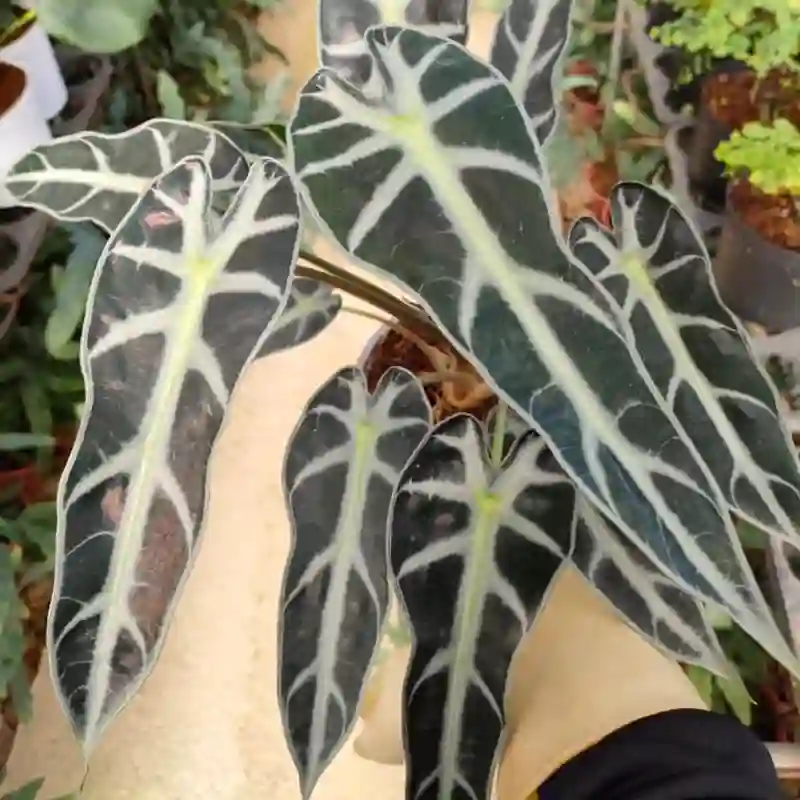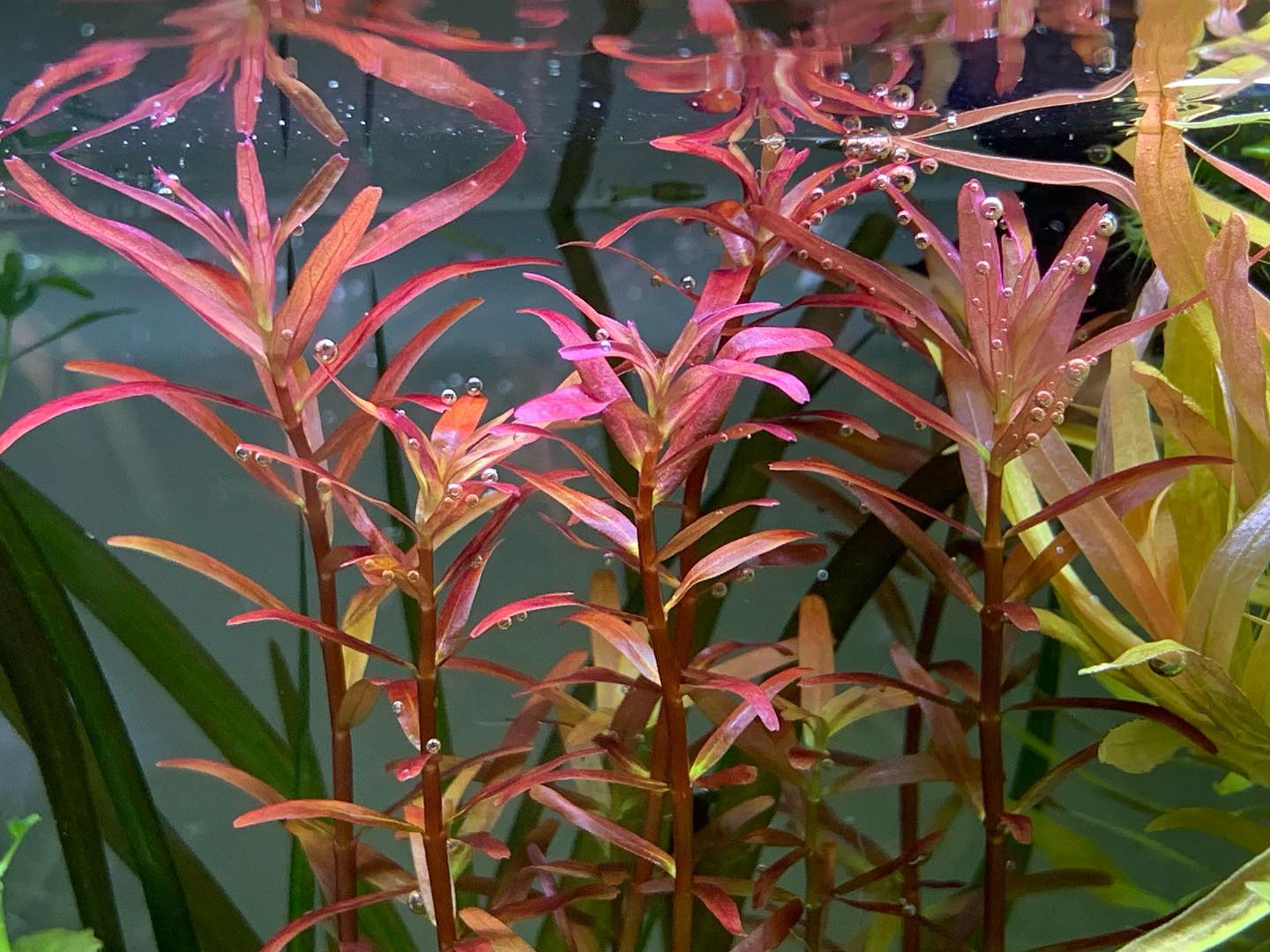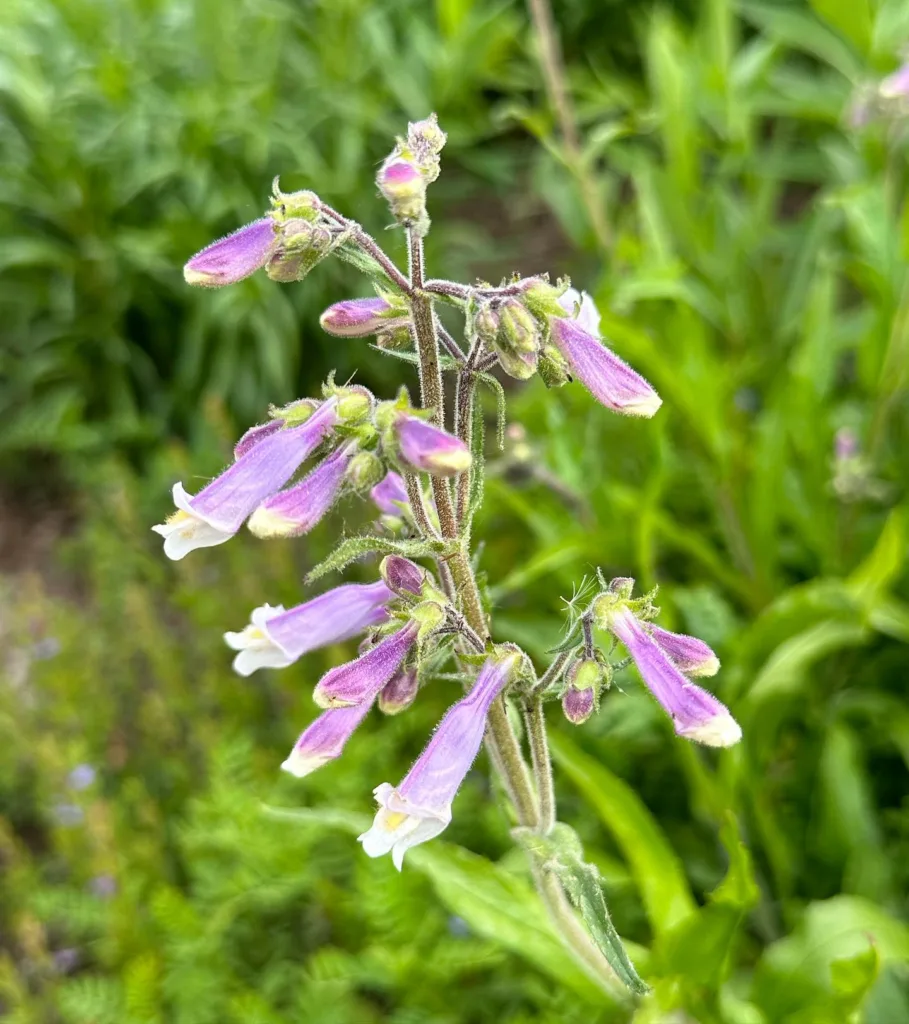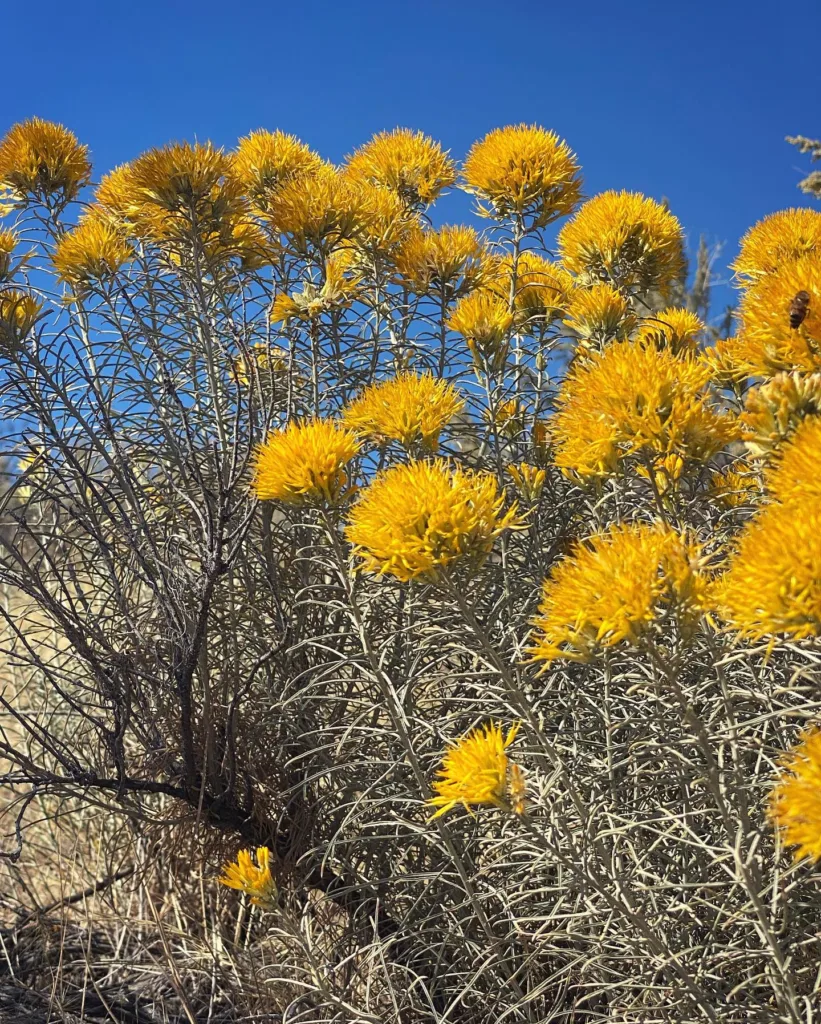My Fascination with the Serissa: A Thousand Stars in My Garden
As a passionate gardener, I’m always on the lookout for unique and captivating plants to add to my collection. One genus that has particularly caught my eye is the Serissa, a delicate yet resilient shrub native to Southeast Asia. With its dainty flowers and compact growth habit, the Serissa has become a beloved addition to gardens and bonsai collections around the world.
A Closer Look at the Serissa Genus
The Serissa genus, belonging to the Rubiaceae family, is surprisingly monotypic, meaning it contains only one species: Serissa Japonica. Despite its singular status, the Serissa boasts a rich history and a variety of cultivars, each with its own unique charm.
This evergreen shrub, also known as the “tree of a thousand stars” or “snowrose,” is admired for its profusion of small, white or pink flowers that bloom almost year-round. The delicate blossoms, resembling miniature roses, create a stunning contrast against the plant’s deep green foliage.
The Allure of the Serissa
What truly captivates me about the Serissa is its versatility. It can be grown as a small shrub in a garden border, trained into a hedge, or even cultivated as a bonsai. Its adaptability makes it a perfect choice for both novice and experienced gardeners.
I’ve personally found the Serissa to be a rewarding plant to cultivate. Its resilience and ability to thrive in various conditions make it a relatively low-maintenance option. However, it does require some attention to detail, particularly when it comes to watering and pruning.
Cultivating the Serissa: Tips from My Experience
Over the years, I’ve learned a few key things about caring for Serissa plants. They prefer well-draining soil and a location with bright, indirect light. While they can tolerate some direct sunlight, prolonged exposure can scorch their delicate leaves.
Watering is crucial for the Serissa’s health. The soil should be kept consistently moist but not waterlogged. I’ve found that using a moisture meter helps me gauge when it’s time to water, preventing both overwatering and underwatering.
Pruning is another essential aspect of Serissa care. Regular trimming helps maintain the plant’s shape and encourages bushier growth. I typically prune my Serissa in the spring, removing any dead or crossing branches.
The Joys of Bonsai: Serissa as a Miniature Masterpiece
One of the most fascinating aspects of the Serissa is its popularity as a bonsai subject. Its small leaves, compact growth habit, and ability to produce flowers even when miniaturized make it an ideal candidate for bonsai cultivation.
I’ve recently ventured into the world of bonsai, and the Serissa has been my chosen species for this new endeavor. The process of shaping and training a Serissa into a miniature tree is both challenging and rewarding. It requires patience, precision, and an understanding of the plant’s growth patterns.
Challenges and Rewards of Serissa Bonsai
While the Serissa is a popular bonsai choice, it can also be quite temperamental. It’s known for its sensitivity to changes in its environment, often reacting by dropping leaves if it experiences sudden shifts in temperature, humidity, or light levels.
Despite these challenges, the rewards of cultivating a Serissa bonsai are immense. The ability to create a living work of art, shaping a miniature tree into a desired form, is a truly fulfilling experience.
A Lifelong Journey with the Serissa
My journey with the Serissa is an ongoing one, filled with both triumphs and setbacks. Each new leaf, each delicate flower, and each successful pruning brings a sense of accomplishment. I’m continually learning and adapting my techniques to provide the best possible care for these captivating plants.
Whether grown as a shrub in the garden or trained as a bonsai masterpiece, the Serissa is a testament to the beauty and resilience of nature. Its delicate appearance belies a strong and adaptable spirit, making it a cherished addition to any plant lover’s collection.
If i die, water my plants!



